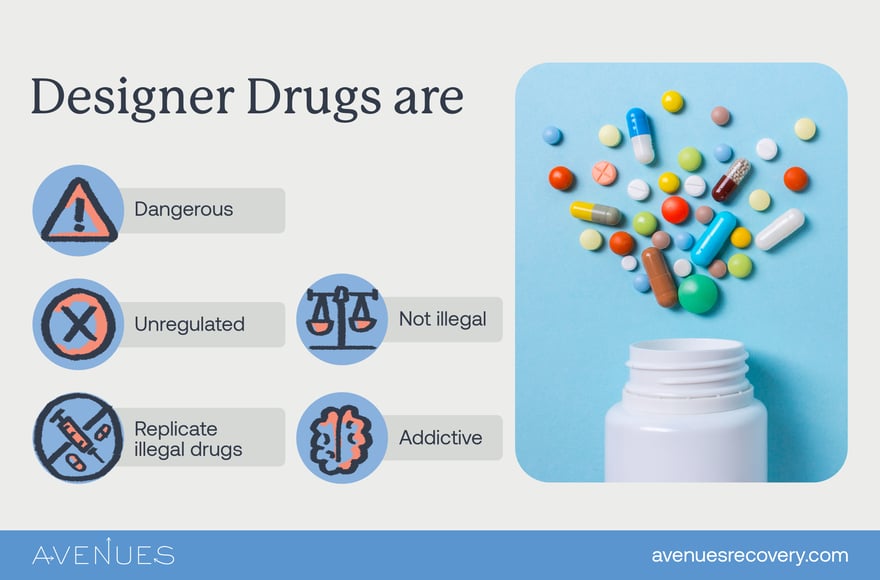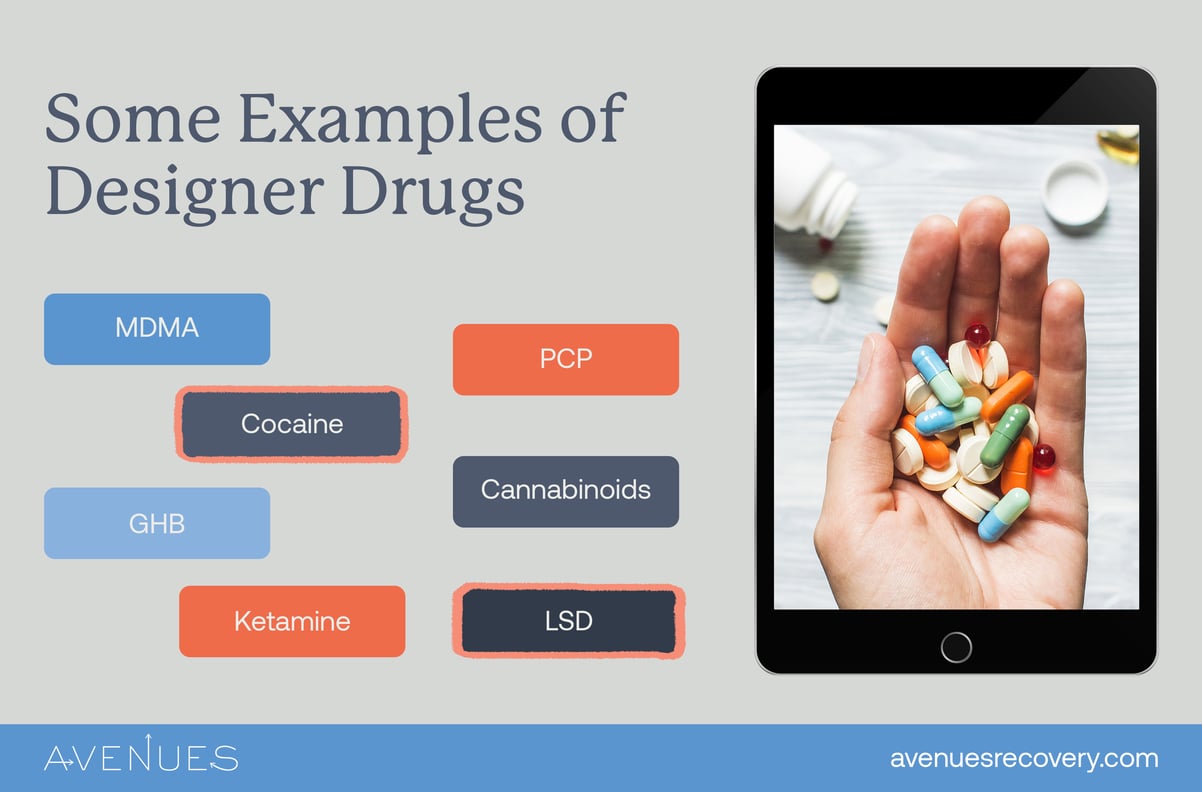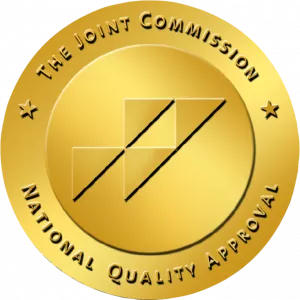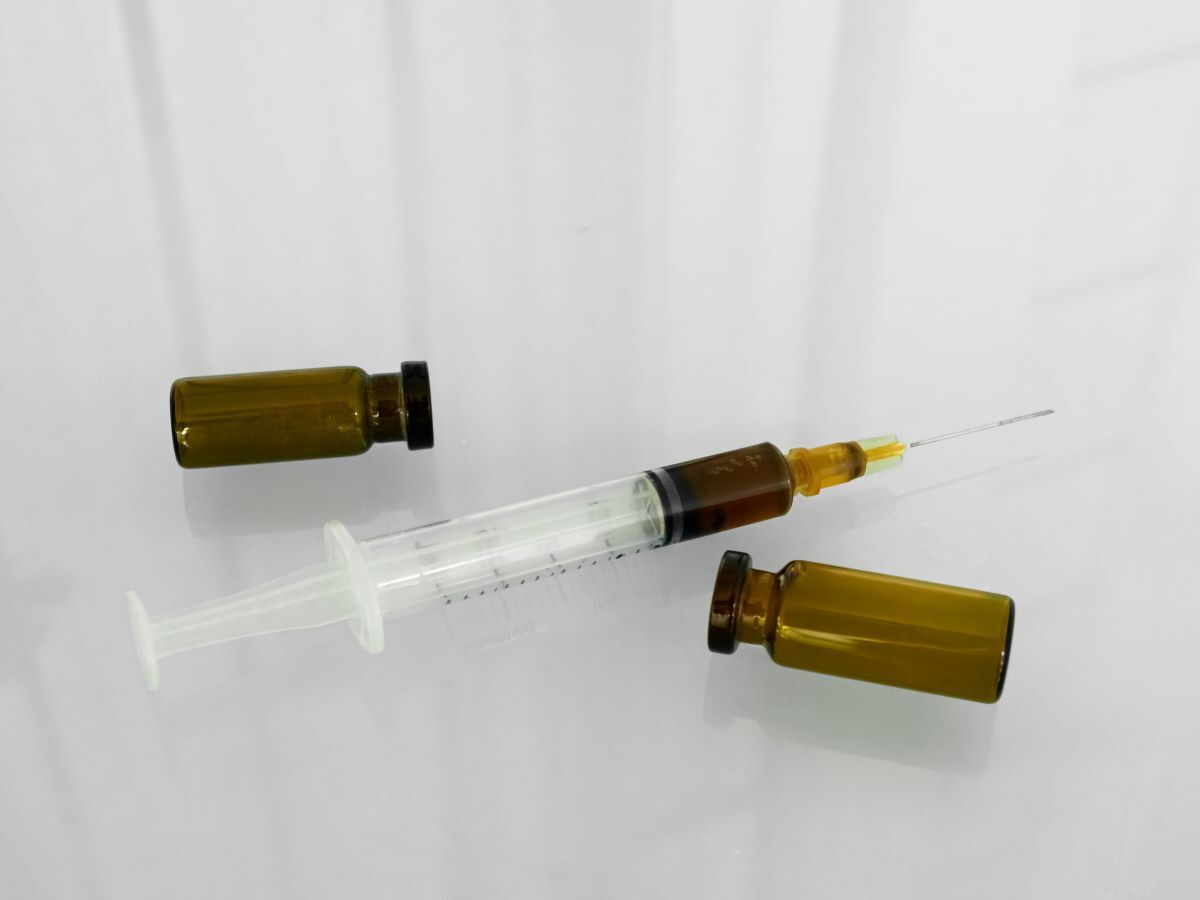As the underworld industry of illicit drugs continues to thrive, new and improved substances are constantly being manufactured. People who are addicted to drugs crave more of their substance of choice until their bodies develop tolerance, and a greater dose is needed to create the same euphoric ‘high’ as before.
Sometimes, instead of (or in addition to) simply increasing the dose of their drug of choice, seasoned drug users will instead seek new substances to create a new sense of euphoria. Designer drugs are a unique class of drugs that are often used to help drug users achieve more satisfaction.
This article will explain what designer drugs are, why drug users like to use them, the difference between legal and illegal designer drugs, and what you can do if you are addicted to designer drugs. Read on to answer all your questions!

What are designer drugs?
Designer drugs are synthetic, recreational substances created in a lab to mimic dangerous illegal drugs. The point of designer drugs is to give the user the experience of using marijuana, cocaine, LSD, or other substances, without running the risk of arrest for using illegal substances.
These drugs are manufactured to help users escape the law. They fail to show up on regular drug screening tests, and are often labeled as ‘not for human consumption’ to abide by government regulations, but are secretly promoted as excellent substances for people who use drugs.

What is a designer drug?
The designer drugs meaning refers a substance that is created illicitly to mimic widely used drugs that are banned by law. They are also sometimes known as ‘legal highs’ or ‘legal designer drugs.’ When it is discovered that the particular designer drug is dangerous, it is usually banned, and producers then pull them off the shelves. However, soon after, they concoct another mixture of dangerous chemicals to create a new drug that isn’t yet illegal.
A good designer drugs example is bath salts. Although the packaging looks like there are only bath salts inside, in reality, there are dangerous chemicals that were concocted to induce euphoria, excitement, and sedation, while evading the law. The designer drug market is cunning and dangerous, yet it’s thriving and causing more damage than ever.
Are designer drugs addictive?
Much like the drugs they replicate, designer drugs can be highly addictive. It’s difficult to know for certain how addictive designer drugs are because they are unregulated, and the ingredients change constantly. However, they are produced in an unmonitored lab where manufacturers tend to add other addictive substances to the mix to make the final result more addictive.
People who produce and sell drugs are inclined to make their product as addictive and euphoria-inducing as possible to encourage their customers to purchase more. In other words, they intentionally find chemicals and solutions that boost the addictiveness of their drugs so that people will become addicted and crave more, boosting their sales.

Are designer drugs dangerous?
Yes, designer drugs are very dangerous. They are considered dangerous for three reasons:
- They are manufactured in an unregulated environment where each batch has a different chemical outcome and side effects are highly unpredictable.
- The ingredients of each drug change constantly to stay ahead of the law.
- There are no controlled studies or testing performed to regulate the effects of the drugs.
All of this means that it’s impossible to know exactly what chemicals and substances each dose of a designer drug contains, and what kind of effects it can have on different people. Users cannot safely determine how much of each drug is safe to consume, or which action to take if they think they’ve ingested too much.
Types of designer drugs:
According to the National Library of Medicine, there are many designer drugs out there. Here are some examples, classed by typical drug groups:
- Stimulants :
- MDMA
- Cocaine,
- Amphetamines
- Cathinones
- Sedatives
- Synthetic opioids
- Benzodiazepines
- GHB
- Dissociatives
- Ketamine
- PCP
- Psychedelics
- LSD

Why are designer drugs so problematic?
Designer drugs are in some ways more problematic than regular drugs. People who use ketamine, meth, LSD, crack cocaine, marijuana, and other illicit drugs know that they are in trouble. Whether or not they realize how much damage the drugs can cause to their brains and bodies, they are usually cognizant of the fact that they can get into legal trouble if they’re caught.

On the other hand, since designer drugs stay ahead of the law, it’s easy for users to justify the use of drugs. They can fool themselves into thinking that since it’s not illegal, there isn’t any damage caused by their addictive behavior. This may cause people who are using designer drugs to neglect getting the help they need to stop.
Designer drug addiction treatment:
At Avenues Recovery, we operate 16 drug rehab centers across 7 U.S. states. Our mission is to help every person struggling with addiction- whether to designer drugs or other substances- find lasting sobriety.
Reach out today to complete medical detox and avail yourself to our cutting edge programs, beautiful accommodations, and a wonderful, supportive staff and community who will support your journey every step of the way. You deserve to live a happier, more wholesome, and fulfilling life, free of the drugs that chain you. Let us help you!



